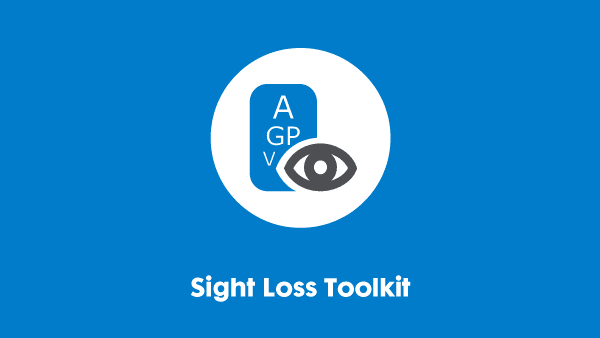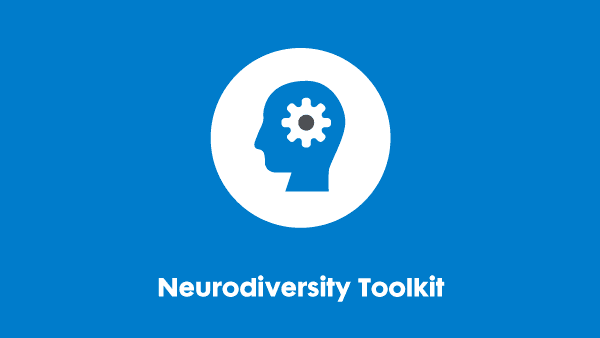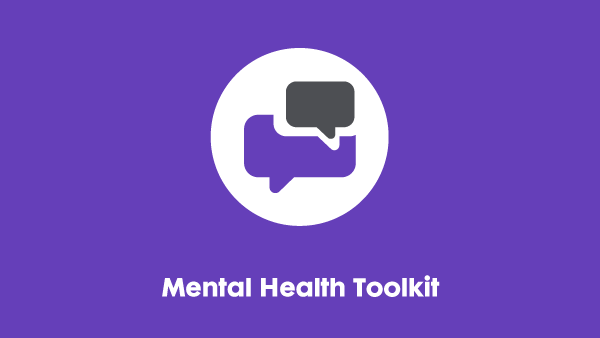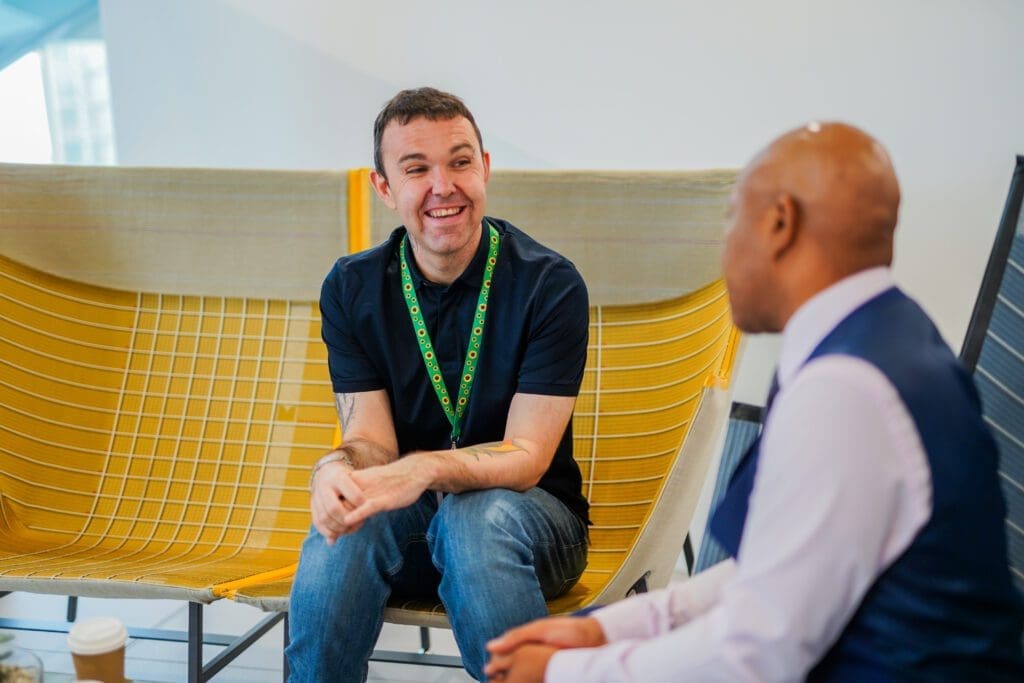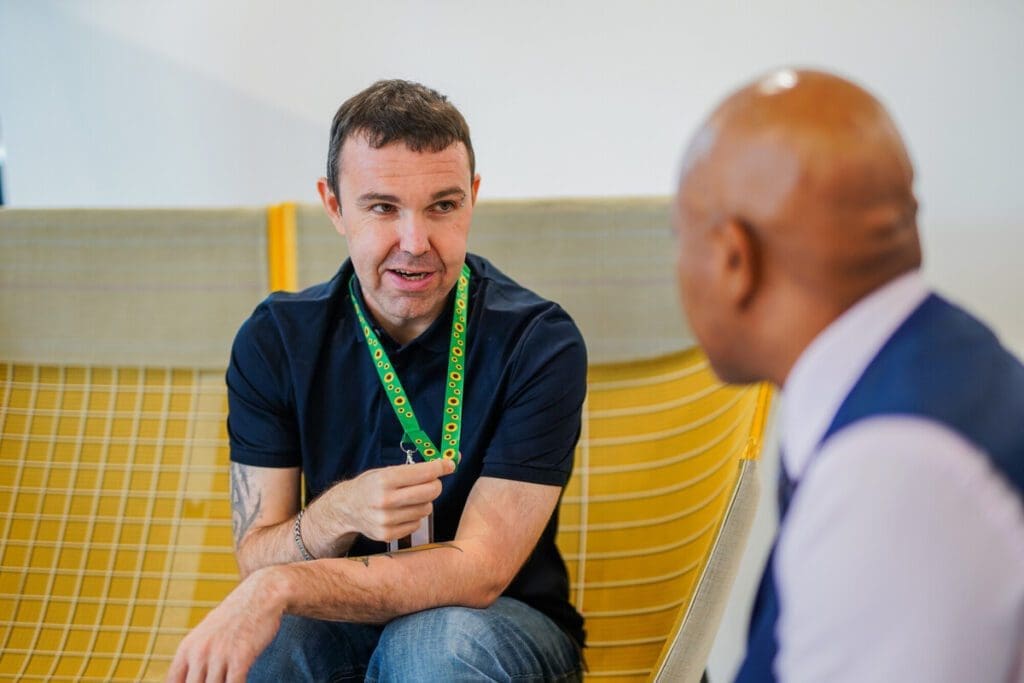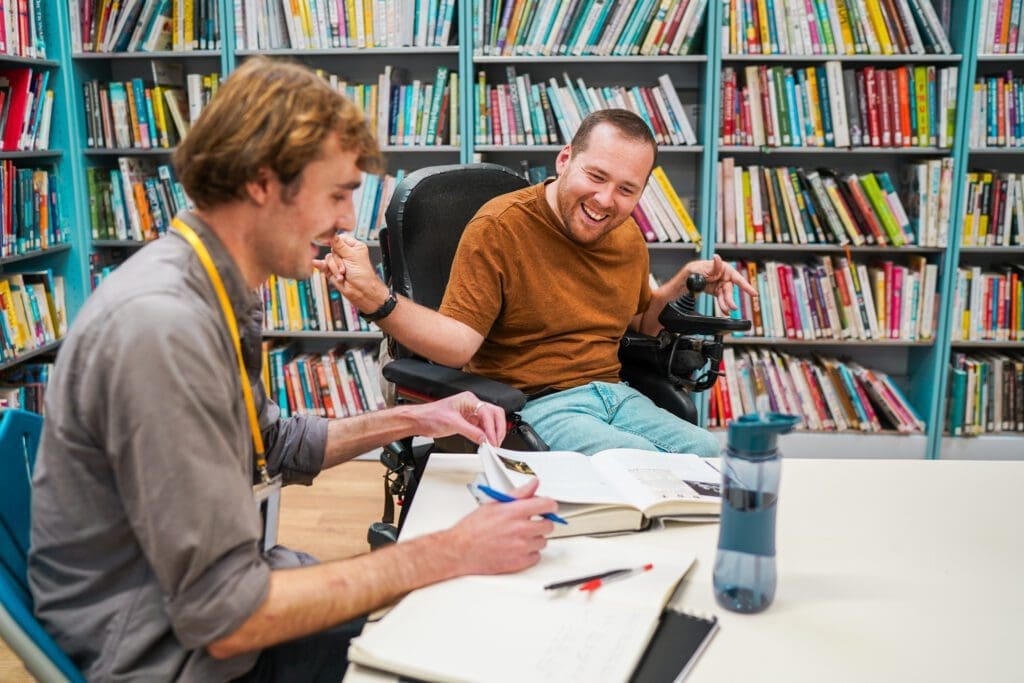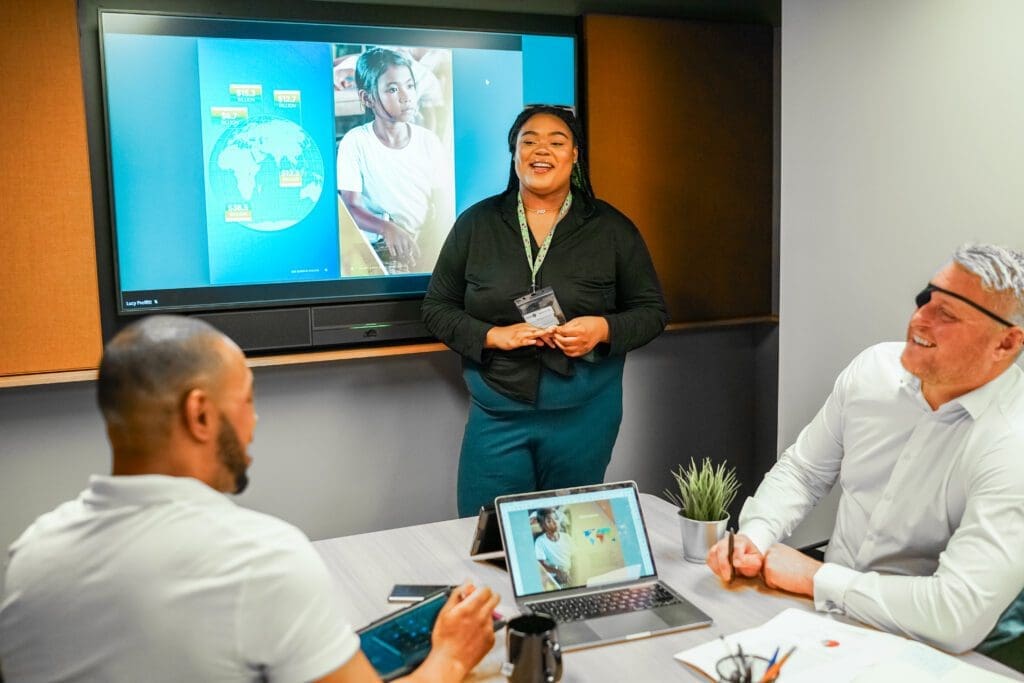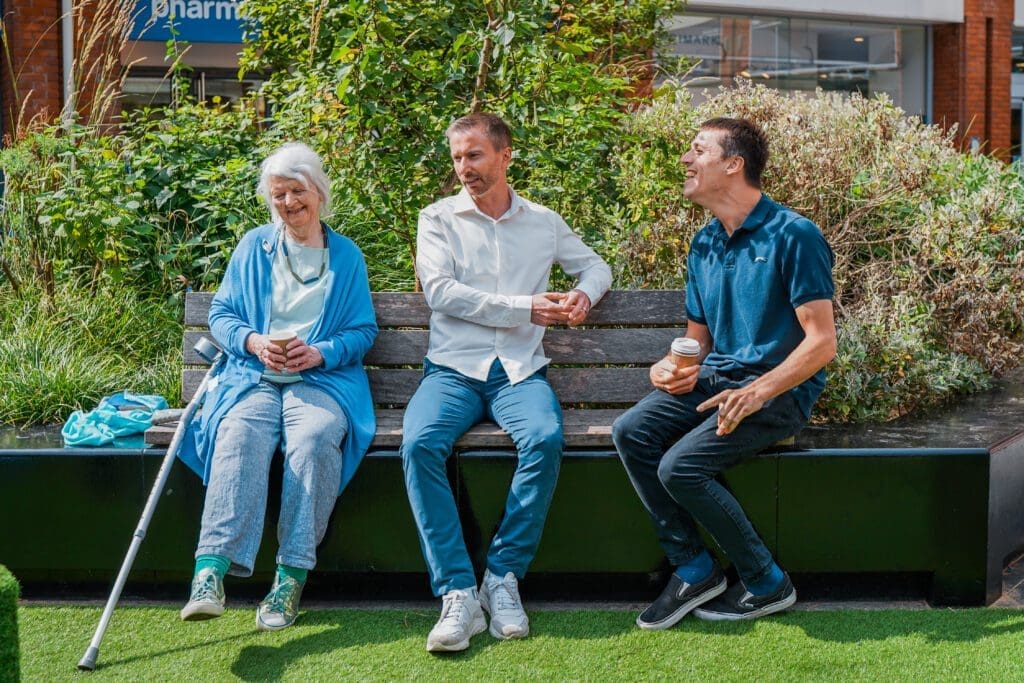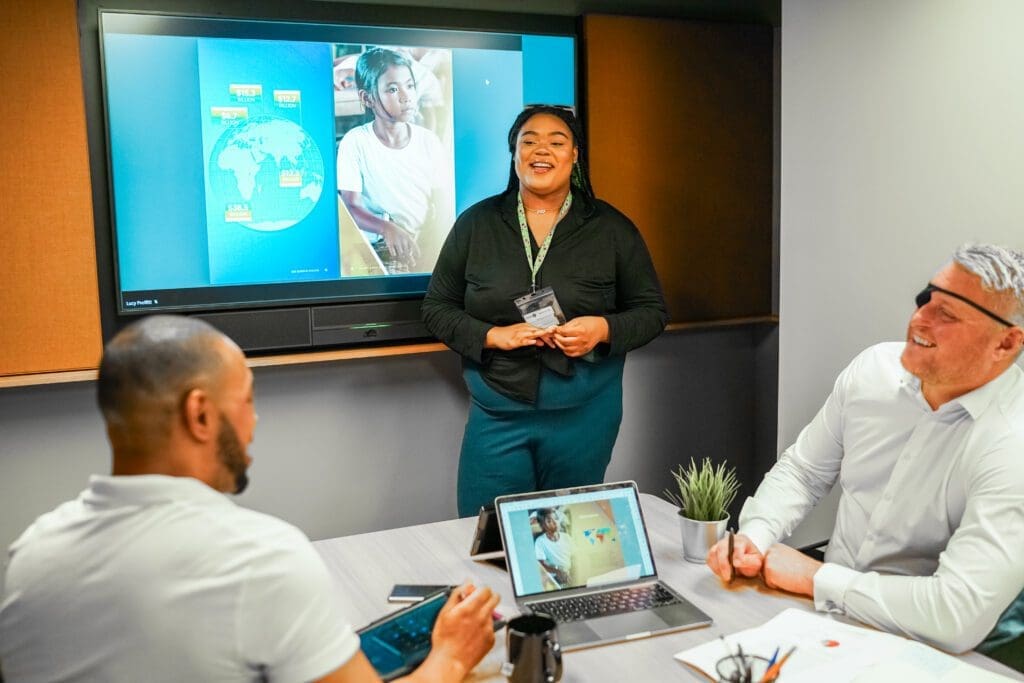Toolkits
The three Toolkits in this collection focus on specific disabilities or conditions. The Sight Loss Toolkit is free and open to all. The Neurodiversity Toolkit and Mental Health Toolkit contain some free resources.
Members and Partners enjoy exclusive access to the full range of Knowledge Hub resources plus additional membership benefits.
Sight Loss Toolkit
Neurodiversity Toolkit
Mental Health Toolkit
Factsheets and briefings
Find out more about a range of specific disabilities and health conditions. Most of the resources in this section are open to all.
Factsheet – Learning disabilities
Briefing – Employment adjustments for people with epilepsy
Briefing – Employment adjustments for people with cancer
Supporting employees with food sensitivities
Factsheet – Food sensitivities
Introduction to food sensitivities
Supporting customers with food sensitivities
Briefing – Employment adjustments for people with asthma
Factsheet – Stress, anxiety and depression
Briefing – Employment adjustments for people experiencing stress, anxiety and depression
Factsheet – Cluttering
Factsheet – ADHD
Factsheet – Autism
Factsheet – Dyslexia
Factsheet – Dyspraxia
Factsheet – Dyscalculia
Factsheet – Fluctuating and recurring conditions
Factsheet – Energy-limiting conditions
Factsheet – Chronic pain
Factsheet – PTSD
Factsheet – Burnout
Factsheet – Visible differences
Factsheet – Tourette’s syndrome
Factsheet – Chronic fatigue syndrome and M.E.
Factsheet – Eating disorders
Factsheet – Cerebral palsy
Factsheet – Multiple sclerosis (MS)
Factsheet – Long COVID
Factsheet – Respiratory diseases
Factsheet – Gynaecological conditions
Factsheet – Diabetes
Factsheet – Schizophrenia
Factsheet – Fibromyalgia
Factsheet – Vertigo
Briefing – Employment adjustments for people with musculoskeletal conditions
Briefing – Employment adjustments for people who stammer
Briefing – Employment adjustments for people with sight loss
Briefing – Employment adjustments for people with HIV or AIDS
Briefing – Employment adjustments for people with hearing loss
Learning disability: shifting the dial on employment
Factsheet – Stroke
If you require this content in a different format, contact enquiries@businessdisabilityforum.org.uk.
© This resource and the information contained therein are subject to copyright and remain the property of the Business Disability Forum. They are for reference only and must not be copied or distributed without prior permission.
